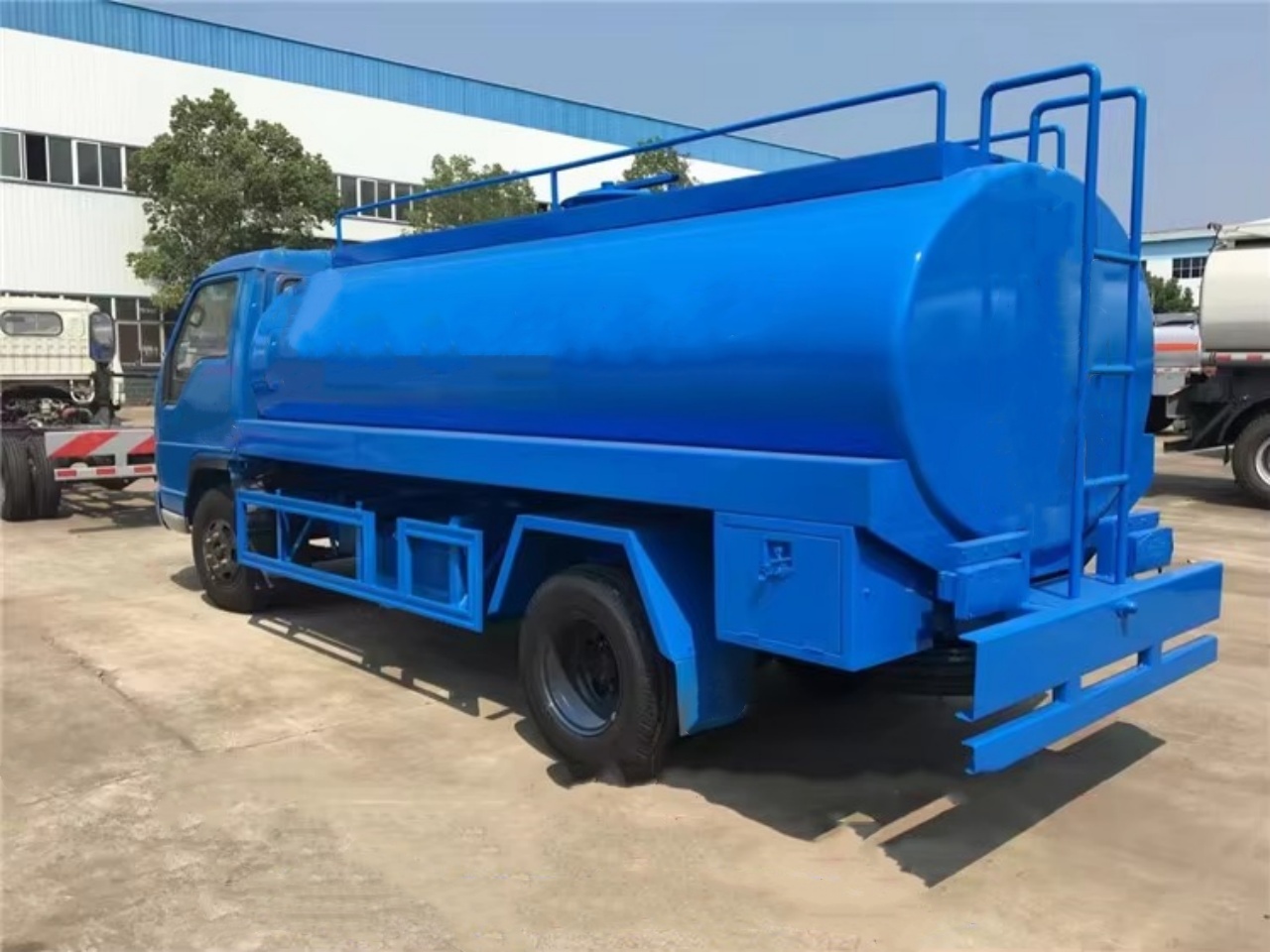Milk tank trucks play a vital role in the dairy industry, ensuring that milk is transported safely from farms to processing plants while maintaining its quality. The efficiency and hygiene of milk transportation directly impact the safety of dairy products, making it essential to adhere to strict regulatory and operational standards. This guide provides an in-depth look at milk tank trucks, their design, hygiene protocols, and the best practices to enhance transport efficiency.
1. Understanding Milk Tank Trucks
1.1 Purpose and Functionality
Milk tank trucks are specialized vehicles designed to transport bulk quantities of raw milk from dairy farms to processing facilities. They feature insulated stainless steel tanks that preserve milk quality by maintaining low temperatures and preventing contamination. These trucks ensure that milk reaches its destination fresh and free from bacteria or impurities.
1.2 Types of Milk Tank Trucks
There are several types of milk tank trucks, each catering to different transport needs:
- Small Collection Trucks: Used for short distances and small dairy farms, these trucks have capacities ranging from 1,000 to 5,000 liters.
- Medium-Sized Tankers: Typically used for regional milk transport, these vehicles hold between 5,000 and 15,000 liters.
- Large Bulk Tankers: Designed for long-haul transport, these trucks can carry over 30,000 liters of milk and are often equipped with multiple compartments for different batches.

2. Key Components of Milk Tank Trucks
2.1 Tank Design and Material
Milk tanks are primarily made of food-grade stainless steel, which offers several advantages:
- Corrosion Resistance: Prevents chemical reactions with milk.
- Easy Cleaning: Smooth surfaces reduce bacterial buildup.
- Insulation: Maintains milk at an optimal temperature (typically below 4°C).
Tanks are also designed with rounded edges and sloped floors to facilitate complete drainage during unloading and cleaning.
2.2 Insulation and Temperature Control
Maintaining the correct temperature during transport is crucial to preventing bacterial growth. Modern milk tank trucks use double-walled insulated tanks filled with polyurethane foam or vacuum insulation. Some trucks also feature refrigeration units for extended trips.
2.3 Pumping and Unloading System
Milk is loaded and unloaded using food-grade pumps and hoses. Centrifugal pumps are commonly used due to their efficiency and gentle handling of liquid. The unloading process is designed to be quick, minimizing exposure to external contaminants.
3. Hygiene Standards and Sanitation Protocols
3.1 Regulatory Compliance
Milk transport is subject to strict hygiene regulations, including:
- FDA (Food and Drug Administration) Standards (USA)
- European Food Safety Authority (EFSA) Regulations
- ISO 22000 & HACCP Compliance (Global Food Safety Standards)
These regulations ensure that milk remains uncontaminated during transport and that all handling equipment meets sanitation requirements.
3.2 Cleaning and Sanitization Procedures
Proper cleaning and sanitization of milk tanks are essential to prevent bacterial contamination. The standard CIP (Cleaning-in-Place) System involves:
- Pre-rinse: Using warm water to remove residual milk.
- Detergent Wash: Alkaline or acidic detergents break down milk fats and proteins.
- Hot Water Rinse: Kills remaining bacteria.
- Sanitization: Chemical sanitizers or steam treatment ensure complete disinfection.
Cleaning cycles are performed after every delivery to meet industry hygiene standards.
3.3 Preventing Cross-Contamination
To avoid contamination between different milk batches, operators follow these practices:
- Dedicated Hoses & Pumps: Used exclusively for milk handling.
- Sealed Tank Compartments: Prevents mixing of different batches.
- Strict Personnel Hygiene: Drivers and handlers wear clean protective clothing and gloves.

4. Efficiency in Milk Transport
4.1 Route Optimization
Efficient routing minimizes transport time, reduces fuel costs, and maintains milk freshness. Modern GPS tracking and route planning software help logistics teams optimize delivery schedules.
4.2 Fuel Efficiency and Environmental Considerations
Milk tank trucks are designed for fuel efficiency to lower transportation costs and reduce carbon footprints. Key innovations include:
- Aerodynamic Designs: Reduces air resistance.
- Lightweight Materials: Enhances fuel efficiency.
- Hybrid & Electric Tankers: Emerging technologies aimed at reducing emissions.
4.3 Monitoring and Quality Control
Modern milk tank trucks are equipped with real-time monitoring systems, including:
- Temperature Sensors: Ensure milk stays within safe temperature ranges.
- GPS Tracking: Provides real-time location updates.
- Automated Data Logging: Records transportation conditions for quality assurance.
5. Challenges and Future Trends
5.1 Common Challenges
Milk transport faces several challenges, including:
- Temperature Fluctuations: Can lead to spoilage if not properly managed.
- Regulatory Compliance: Varying international standards make compliance complex.
- Fuel Costs & Environmental Impact: Rising fuel prices impact operational efficiency.
5.2 Emerging Technologies
Advancements in dairy transport are shaping the future of milk tank trucks:
- Smart Sensors & IoT Integration: Enhances monitoring and quality control.
- Automated Cleaning Systems: Improves sanitation efficiency.
- Sustainable Energy Solutions: Development of solar-powered and electric milk tankers.

Conclusion
Milk tank trucks are essential to the dairy industry, ensuring the safe and efficient transport of raw milk. By maintaining stringent hygiene standards, optimizing transport routes, and leveraging modern technology, dairy companies can enhance efficiency and product quality. As new advancements emerge, the future of milk transport promises to be more sustainable and technologically sophisticated, meeting the growing demands of the global dairy industry.

